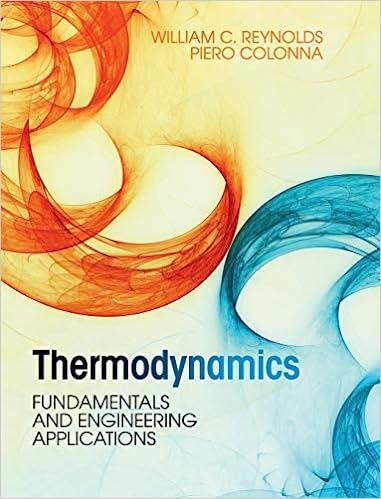Question
DATA Dpsl 75 nm Latex diameter Polystyrene density Cpsl %10 Latex mass fraction Water densitypsl 1.05 gm mL w 1 gm mL Properties of the
DATA Dpsl 75 nm Latex diameter Polystyrene density Cpsl %10 Latex mass fraction Water densitypsl 1.05 gm mL w 1 gm mL Properties of the adsorbing polymer CPAM I 100 mL 4 gm Intrinsic Viscosity Initial CPAM mass fraction Mw 100 kDa Molecular weight CPAM o %0.1 CPAM f %0.0075 CPAM supernatant concentration after adsorption.
1) You have conducted an adsorption experiment in which you mixed a polystyrene latex dispersion with an equal volume of a solution of CPAM, a cationic water-soluble polymer. After mixing for sufficient time for saturation adsorption to occur, you centrifuge the latex dispersion, and you measure the polymer concentration in latex-free supernatant (CPAM f ). Calculate G max , the density of adsorbed polymer in units of mg/m2 Assuming the polymer adsorbed as closely packed, spherical random coils:
2)
a) calculate Gmax using the Mark Houwink model of the polymer solutions.
b) explain why the values differs from problem 1"
Step by Step Solution
There are 3 Steps involved in it
Step: 1

Get Instant Access to Expert-Tailored Solutions
See step-by-step solutions with expert insights and AI powered tools for academic success
Step: 2

Step: 3

Ace Your Homework with AI
Get the answers you need in no time with our AI-driven, step-by-step assistance
Get Started


